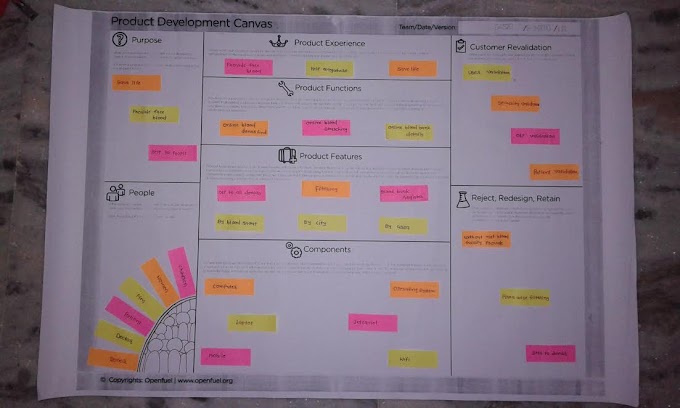what is difference between RFID and NFC ?
NFC stands for near field communication, while RFID means radio frequency identification. Both employ radio signals for all sorts of tagging and tracking purposes, sometimes replacing bar codes. NFC is still an emerging technology; RFID, however, is currently in widespread use all over the world.
RFID is a one-way process. Information is transmitted from an encoded memory chip (known as a “smart tag”) via an antenna to an RFID reader. There are two types of RFID tags: active and passive.
Active RFID tags contain a power source, so they can broadcast a signal, up to 100 meters away. This capability makes RFID a strong choice for asset tracking.
Passive RFID tags have no power. They’re activated by an electromagnetic signal sent from the RFID reader. The signal doesn’t travel as far as active RFID, so they’re used for short read ranges. Passive RFID falls into one of three frequency ranges:
- Low frequency: 125-134.2 kHz
- High frequency: 13.56 MHz
- Ultra-high frequency: 856-960 MHz
NFC is based on RFID protocols. The devices run at passive RFID’s high frequency. NFC reads smart tags because, like RFID, it features a read/write operation mode.
But NFC goes farther than RFID. The technology has two-way communication—unlike RFID’s one-directional limitation—using one of two modes: card emulation and peer-to-peer (P2P).
For example, a smartphone enabled with NFC (and many of them are nowadays) can pass information back and forth to another NFC device. Contactless payment is an example of card emulation mode. Any time you redeem rewards points via your phone, you’re also using NFC’s card emulation feature.
P2P comes into play when you “bump” your mobile device with another one to share information. Maybe you’re passing music back and forth, swapping special deals, or playing a game with the friend sitting next to you. You can even tap your device with a router, to get on that network without having to use a password.
NFC will soon likely replace QR codes in some advertisements and promotional materials. Consumers will no longer have to scan a QR code to get to the intended location, but can simply use the NFC mode to instantly get the information that the advertiser wants them to have.
There is still plenty of space across today’s industries—from retail to manufacturing, transportation to healthcare—for RFID’s one-way communication, but NFC is paving another path along the ever-winding information highway.
As we know NFC is widely used across the globe for short range communication with low data rate applications. It stands for Near Field Communication technology. There are various modes by which NFC compliant devices can communicate. There are different types of NFC tags developed for various applications. In order to communicate, there should exist signalling protocol. This signalling protocol will help two devices to communicate and exchange information. There are three signalling modes defied in NFC referred as NFC-A, NFC-B and NFC-F. This page describes difference between NFC-A, NFC-B and NFC-F. At the start of communication, both the initiator and target will communicate the technology to be used as signalling protocol. The same has been outlined below.
NFC-A
The signalling type NFC-A is based on ISO/IEC 14443A. It is similar to RFID type A. In the type-A based communication delay encoding (miller encoding) technique is employed along with AM modulation. Here binary data is transmitted with the data rate of about 106 Kbps using type A communication. Here binary signal must change from 0 % to 100 % to distinguish between binary 1 and binary 0 data informations.
NFC-B
The signalling type NFC-B is based on ISO/IEC 14443B. It is similar to RFID type B. Here manchester encoding technique is employed. Here instead of 100%, AM modulationat 10% is used. This convention is used to distinguish between binary 1 and 0. 10% change from 90% for binay 0 (i.e. low) and 100% for binary 1 ( i.e high) is used.
In manchester coding zero cross over happens in the bit period used to represent both 0 and 1. Here a low to high transition represents binary 0 bit and high to low transition represents binary 1 bit. It is recommended to have the zero cross over in the middle of the bit period.
NFC-F
The signalling type NFC-F is based on FeliCA JIS X6319-4. It is the faster form of RFID communication. It is alse known as FeliCa. It is the technology most popularly used in Japan. It is used for variety of applications such as creadit card or debit card based payments, subway ticketing for access control to the trains, personal identification at the office and residential flats etc.




0 Comments